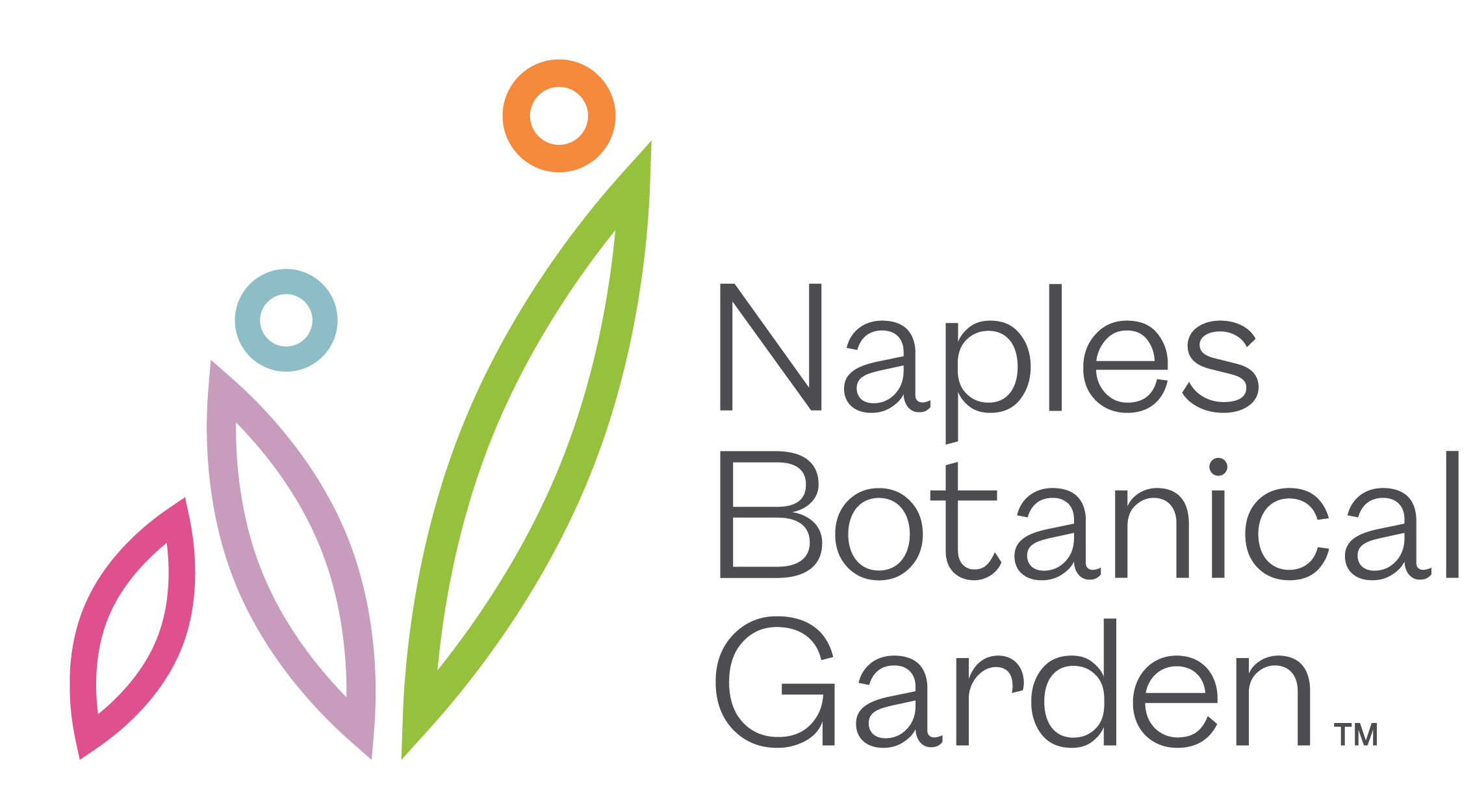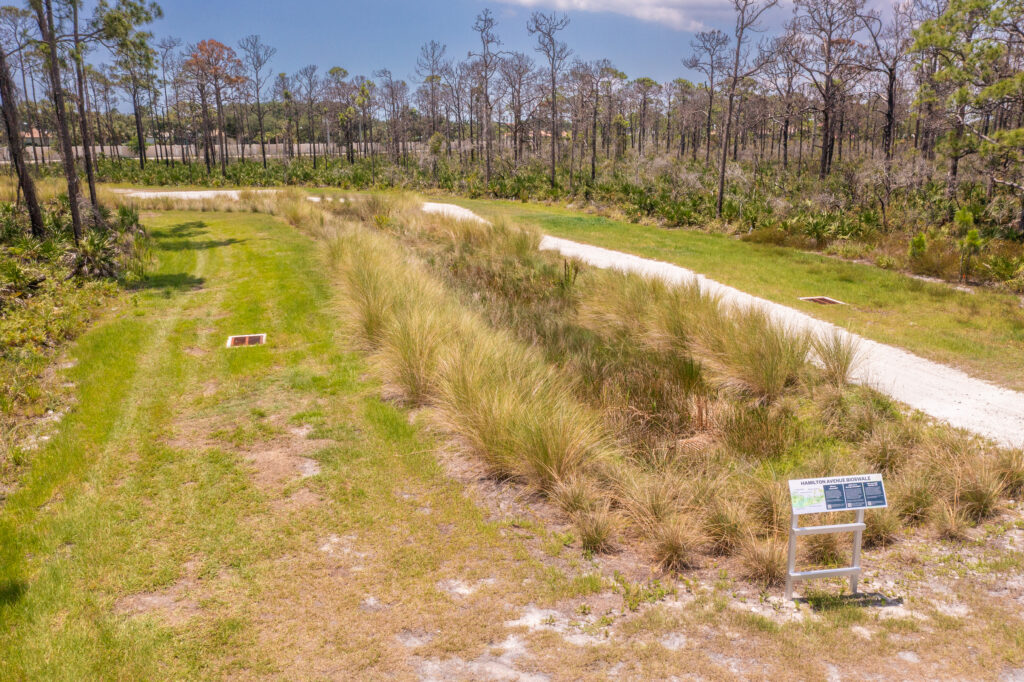Audio: Listen to learn about the Hamilton Avenue Bioswale
The Garden’s stormwater treatment system is a central feature of our site’s design, and the Hamilton Avenue Bioswale is the newest addition. Bioswales capture and hold runoff water that could otherwise flood developed areas during storm events. Green infrastructure like this system makes our community more resilient in the face of climate change.
Plants in the swale slow the flow of water so pollutants and excess nutrients can be absorbed by roots or filtered by soil. If left untreated by plants, those pollutants could negatively impact water quality for neighboring bodies of water.
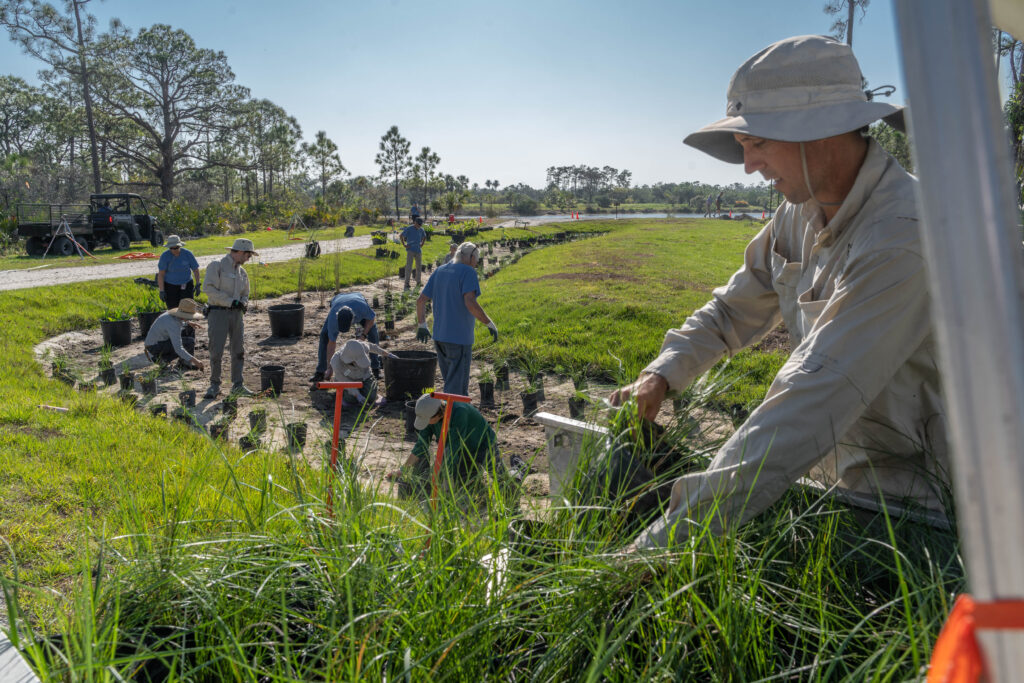
Integrating nature into infrastructure can be done in many different ways. This could be as simple as planting a tree by a walkway to provide shade and uptake water, to larger-scale projects like restoring wetlands to protect surrounding areas from flooding. These nature-based solutions can build a happier, healthier community.
This project is a partnership between Collier County and Naples Botanical Garden.
Read below to learn about some of the plants in the Hamilton Ave Bioswale.
Learn about the diverse species of plants in this bioswale.
Many plants were wild-collected from seed in the Garden’s natural areas and planted by the Natural Resources team.
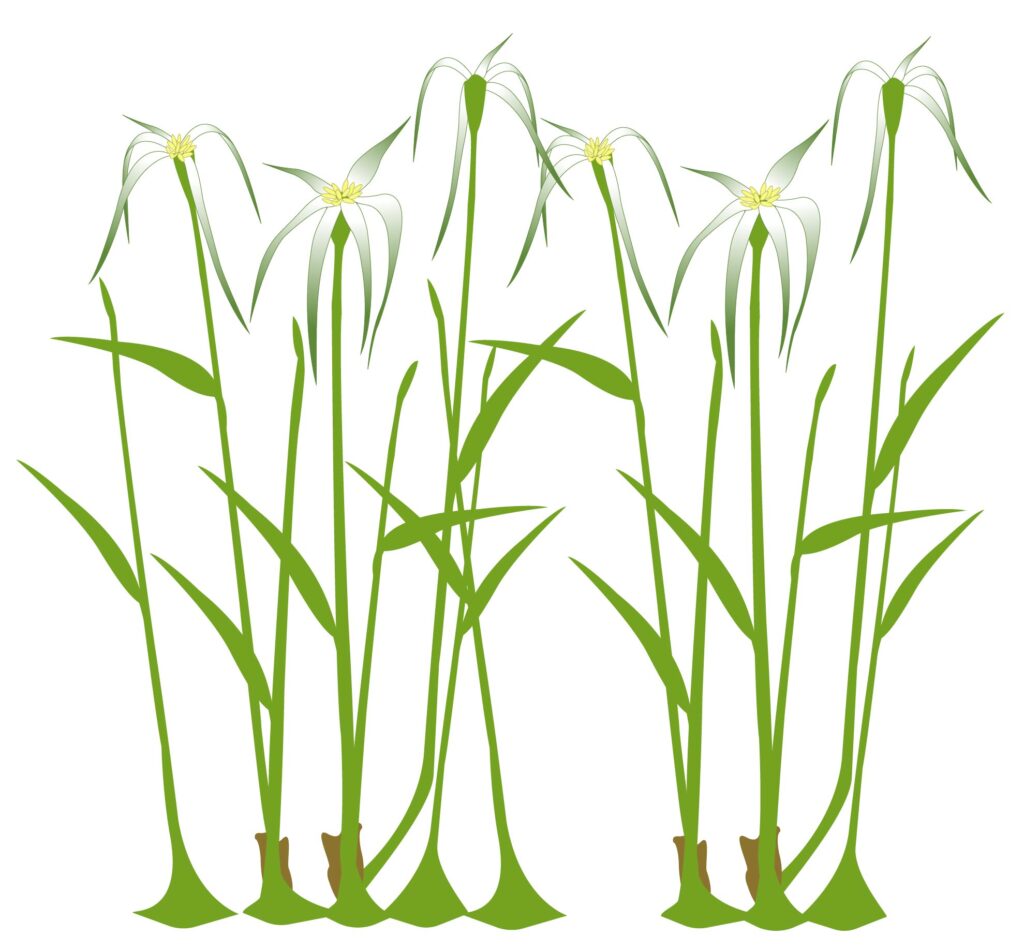
Star-Rush (Rhynchospora colorata)
This Florida native sedge thrives on the edges of wetland ecosystems. The rhizomes, or underground stems, allow this plant to handle fluctuating water levels that occur in wet and dry seasons. Rhynchospora colorata can also tolerate periods of brackish water inundation, a characteristic that makes this coastal plant resilient in the face of hurricanes.
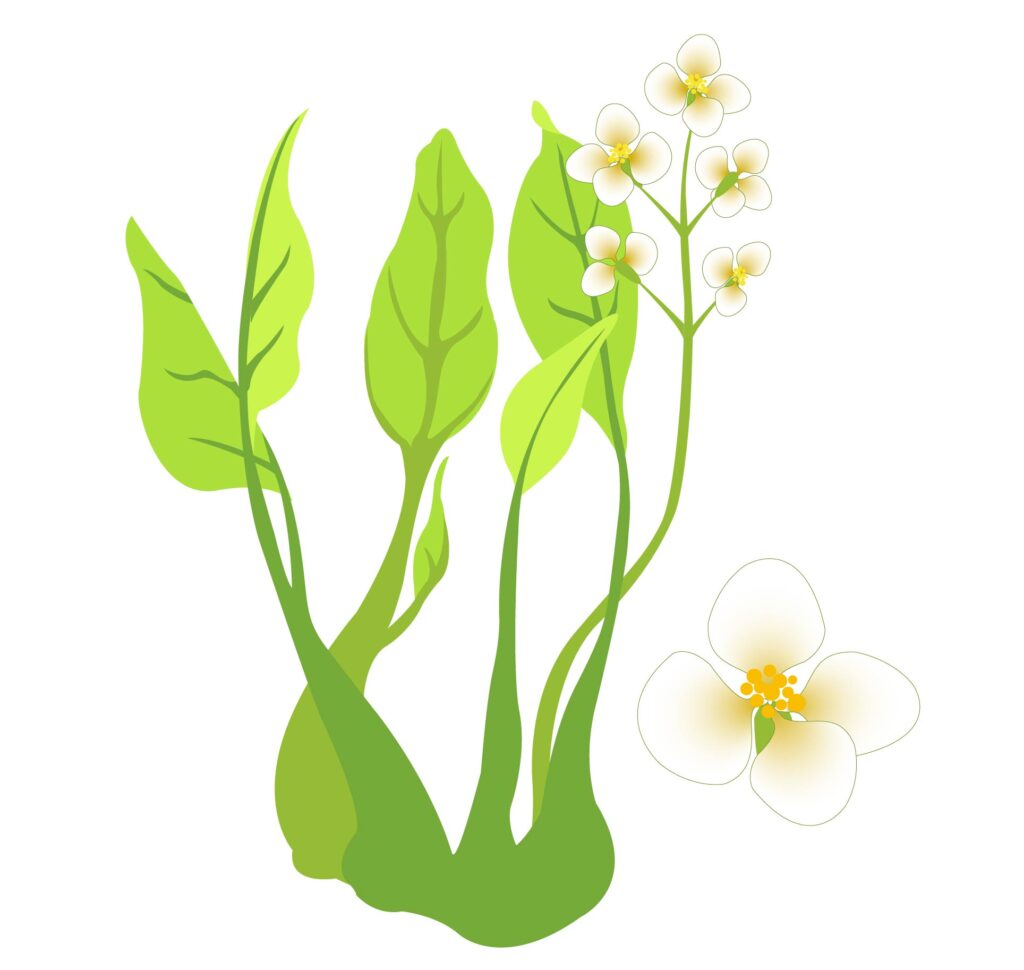
Lance-Leaved Arrowhead (Sagittaria lancifolia)
You will commonly find Sagittaria lancifolia along lake banks or submerged in marshes and swamps in Florida. The perennial nature of this plant makes it a favorite species to use in restoration projects, as it persists in the landscape for several years.
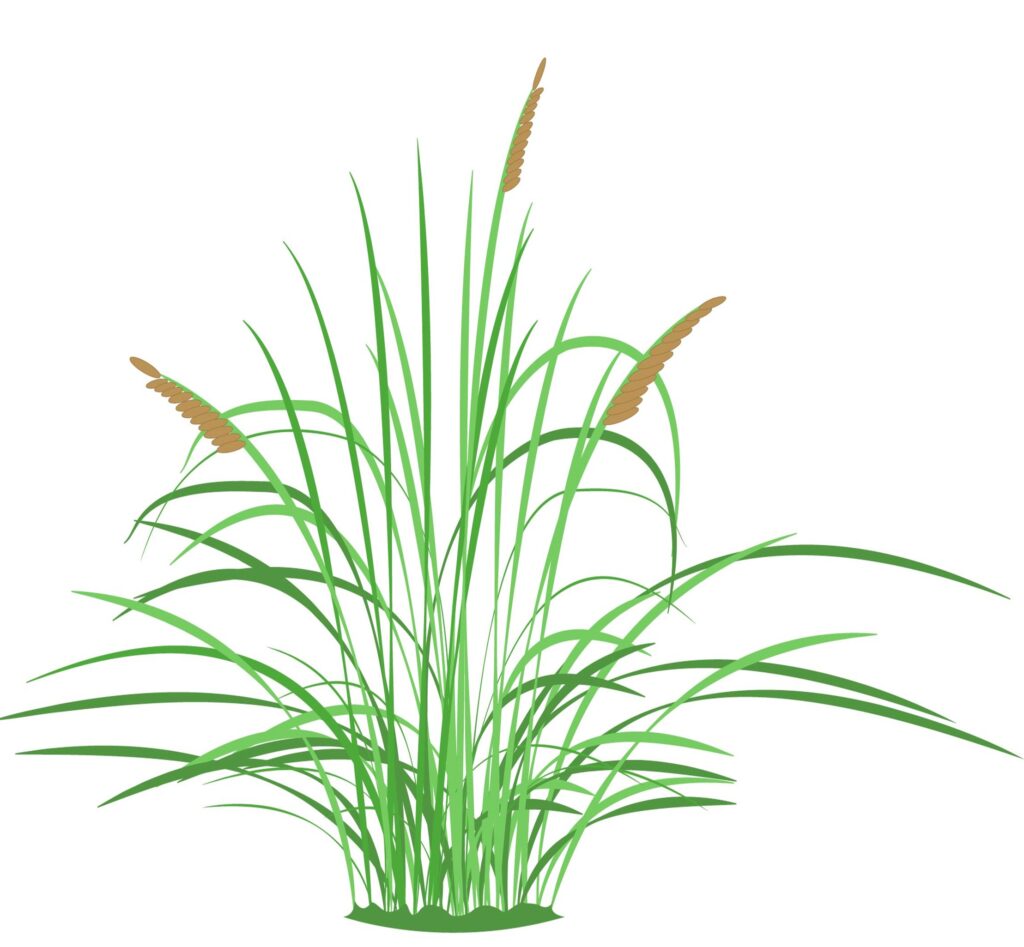
Sand Cordgrass (Spartina bakeri)
The attractive clumps of the evergreen Spartina bakeri can grow to be 3 to 4 feet tall. You will find this versatile native grass growing high on the drier edges of a pond bank to the lower margins of a coastal marsh. Spartina bakeri is particularly resilient as it is adapted to survive periods of flooding and saltwater inundation, important characteristics to have in the face of climate change.
Scientists have reclassified this plant in recent years to Sporobolus bakeri due to modern DNA studies.
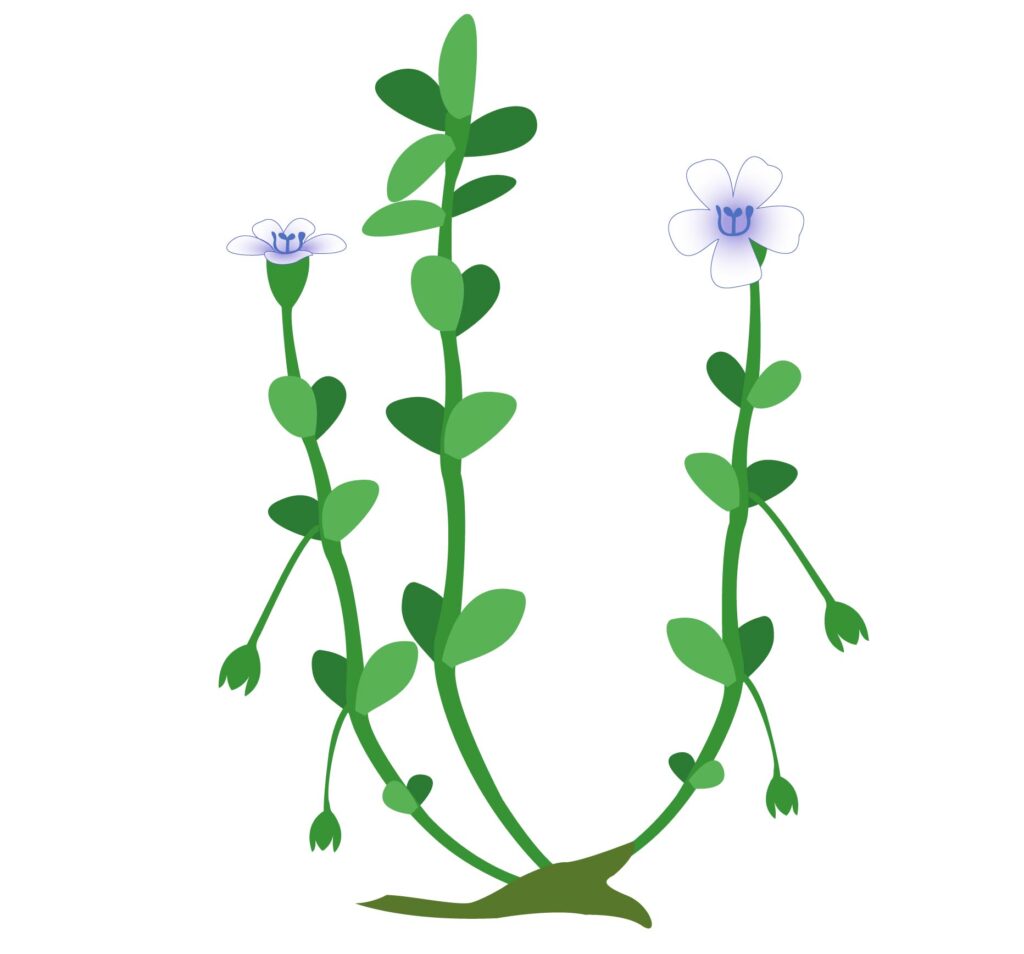
Waterhyssop (Bacopa monnieri)
The sprawling herb Bacopa monnieri thrives completely inundated in fresh or brackish water ecosystems throughout Florida. The white blossoms provide food for small pollinators, like bees, throughout the year, and the leaves provide forage for larvae of the white peacock butterfly, making this plant a staple for Florida wildlife.
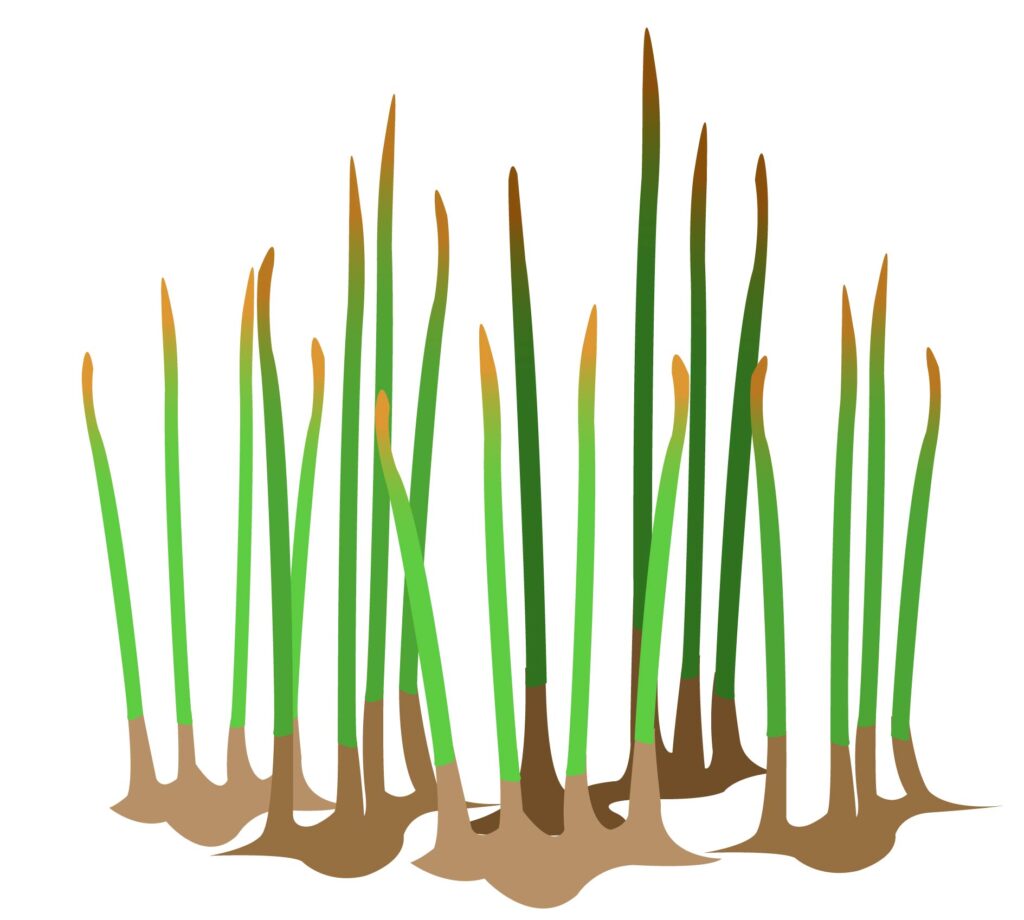
Giant Spikerush (Eleocharis interstincta)
The largest of all spikerush in Florida, Eleocharis interstincta can be found towering over other marginal plants at the margins of lakes and ponds. This plant provides a habitat for fish, birds, and other mammals that may feed on the seed heads.
